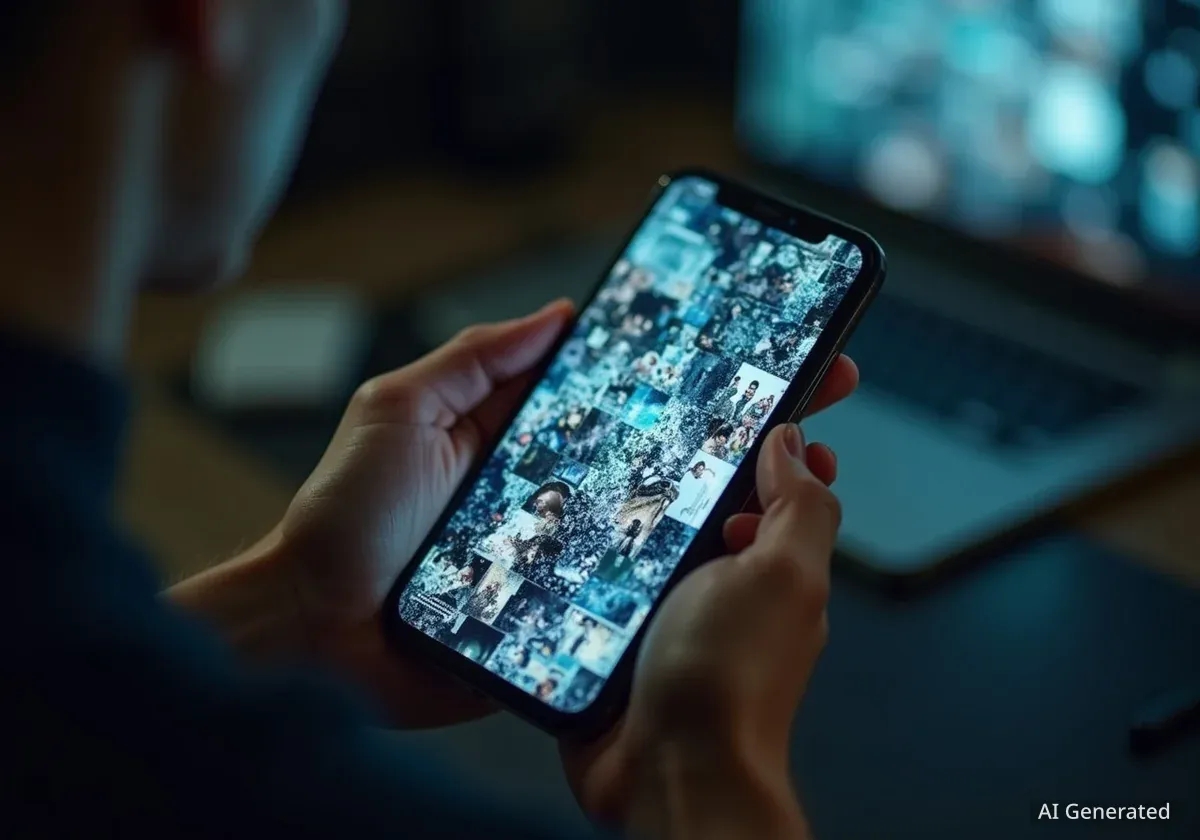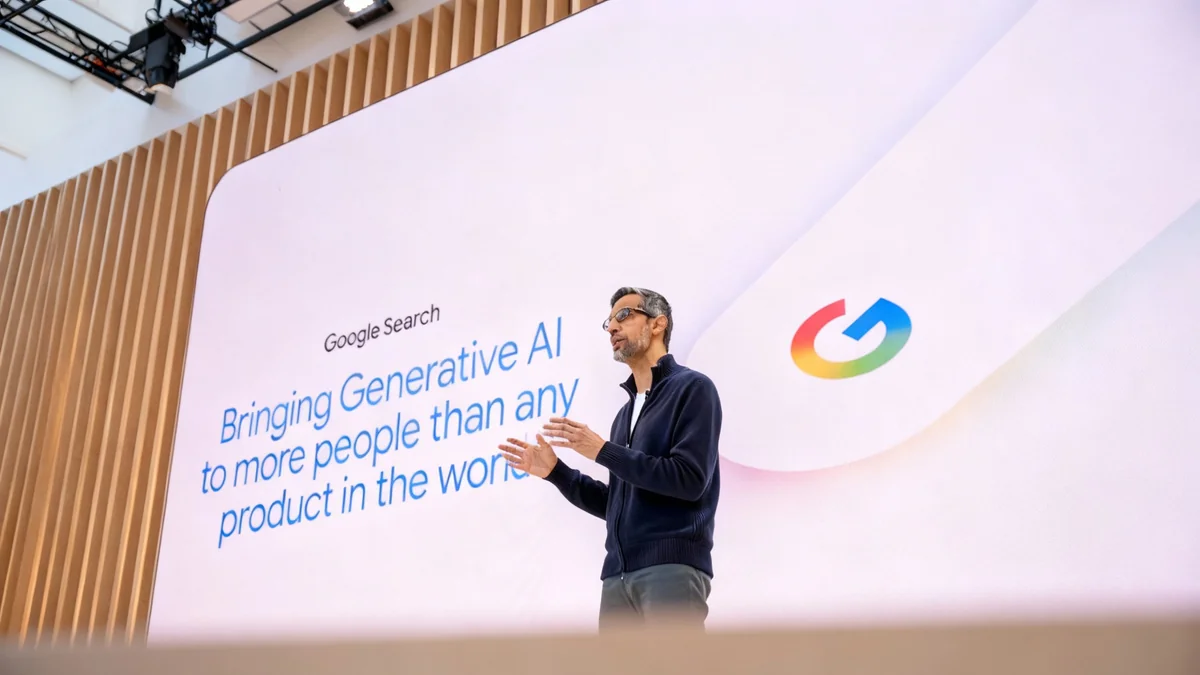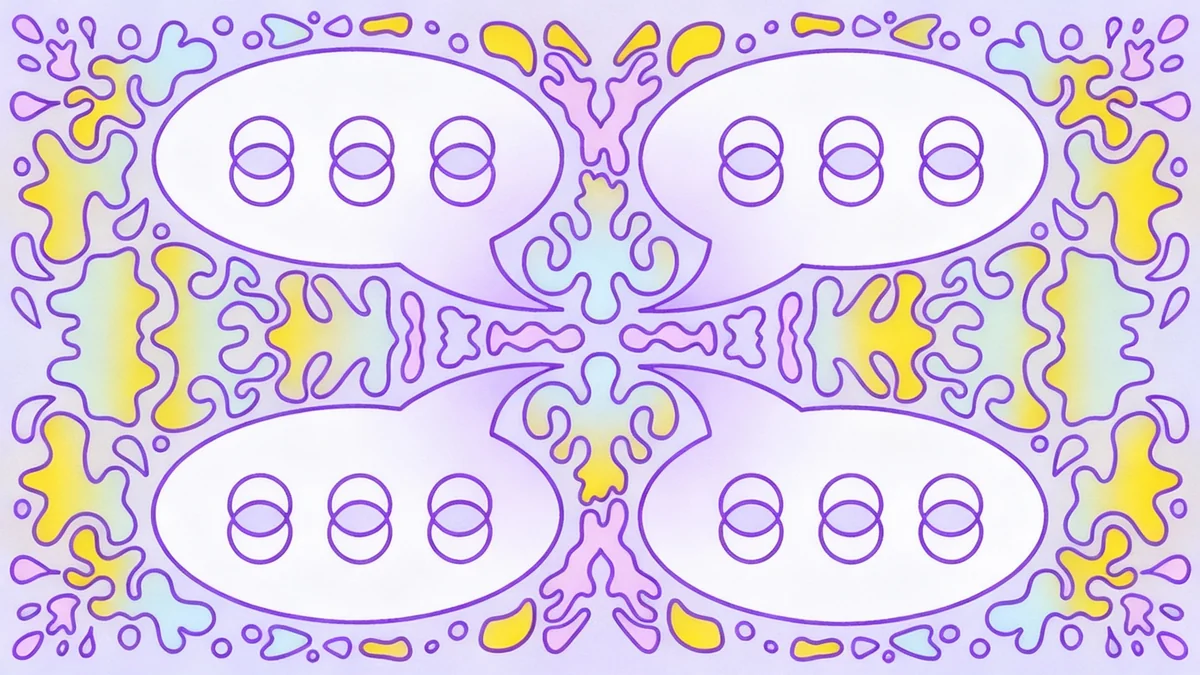Google has announced the general availability of its AI image model, Gemini 2.5 Flash Image, making it accessible for free to a wider audience through the Gemini platform. The model, which gained the nickname 'nano banana' from internal teasers, introduces new features such as default aspect ratios and expands Google's AI photo-editing capabilities.
The tool's release has seen significant user adoption, with Google reporting the creation of over 5 billion images and an increase of more than 10 million Gemini users shortly after its initial launch. This guide provides a detailed overview of how to access and effectively use the AI image model.
Key Takeaways
- Google's AI model, officially named Gemini 2.5 Flash Image, is now generally available for free within Gemini.
- The tool, popularly known as 'nano banana,' focuses on editing existing photographs by adding or removing elements.
- Access is also available through Google's AI Studio and integrated into select Adobe applications like Photoshop.
- Effective results depend on providing specific and detailed text prompts to the AI.
Understanding Gemini 2.5 Flash Image
Gemini 2.5 Flash Image is an artificial intelligence model developed by Google designed for generating and editing images. Its informal name, 'nano banana,' originated from a series of fruit-themed teasers shared by company executives before its official release. The nickname has remained popular among users and reviewers.
The model's primary function is to modify existing images based on user instructions. This differs from many AI image generators that create visuals entirely from scratch. Its capabilities are centered on tasks like adding new objects, altering styles, or removing unwanted background elements from a user's own photos.
Rapid User Growth
According to Google, the introduction of this image model contributed to significant growth for its Gemini platform. The company reported that users generated over 5 billion AI images and that the service attracted over 10 million new users in the initial weeks following the model's release. This surge in activity also briefly pushed the Gemini application to the top of the Apple App Store's free app chart.
The widespread adoption highlights a growing interest in accessible AI-powered creative tools. By integrating these features directly into its free Gemini service, Google is making advanced image editing more approachable for a general audience, not just professionals or developers.
How to Access the AI Tool
There are several ways for users to access the Gemini 2.5 Flash Image model, catering to different needs from casual editing to developer integration.
Primary Access through Gemini
The most direct method is through the main Gemini interface, which is available to the public for free. As of a recent update, the image editing capabilities are integrated directly into the chat platform. Users can upload a photo and provide a text prompt to begin editing.
Google's AI Studio
For those seeking more advanced options, Google's AI Studio provides access to the model. This platform is designed for developers and enthusiasts who want to experiment with various Google AI models. Within AI Studio, users can specifically select '2.5 Flash Image' to work with.
Third-Party Integrations
Google has also partnered with other companies to make the model available in widely used creative software. These integrations include:
- Adobe Photoshop: Available as a third-party model for the 'Generative Fill' feature.
- Adobe Express: Integrated for quick and easy design projects.
- Adobe Firefly: Available on Adobe's dedicated AI platform among other models.
Users of these Adobe products should ensure they have selected '2.5 Flash Image' from the list of available models to use its specific capabilities. Access to these programs may require a subscription.
A Note on Data Privacy
Google's general privacy policy for Gemini states that information uploaded to the service, including images, may be used to improve its AI products. The company advises against uploading sensitive or private information. Additionally, images edited with this tool are not automatically watermarked, so users should disclose the use of AI when sharing the creations publicly.
Getting the Best Results
The quality of the output from any AI image tool heavily depends on the clarity and detail of the user's instructions. Vague prompts often lead to unsatisfying or generic results. Here are practical tips for using the model effectively.
Be Specific with Prompts
Instead of a simple command, provide a detailed description of your desired outcome. A good prompt is more than just keywords.
- Describe Aesthetics: Mention the desired style (e.g., 'photorealistic,' 'watercolor painting,' 'sci-fi concept art').
- Specify Colors: Include details about the color palette or specific shades you want to see.
- Define Composition: Guide the AI on where to place new elements within the image.
For example, instead of 'add a dog,' a better prompt would be, 'Add a golden retriever sitting on the grass to the left of the person, in a realistic style that matches the photo's lighting.'
Use Negative Prompts
A unique strength of this model is its ability to understand what you don't want changed. Unlike many AI generators that struggle with negative instructions, Gemini 2.5 Flash Image can often follow commands to preserve certain parts of an image. Including phrases like 'do not change the person's face' or 'keep the original background' can help refine the final result.
Provide Exact Text
When adding text to an image, precision is key. If a prompt is not specific, the AI may generate illegible or nonsensical characters. Always provide the exact words you want in quotation marks. It is also helpful to describe the font style, color, and placement, such as 'Add the text "Happy Birthday" in a white, cursive font at the top of the image.'
Practical Use Cases and Ideas
Beyond simple edits, the model can be used for a variety of creative and practical tasks. Here are some ideas to explore:
- Create Variations: Upload a headshot and ask for versions with different hairstyles, backgrounds, or lighting. You can also transform a landscape photo into different artistic styles, such as a fantasy world or a vintage postcard.
- Remove Distractions: Use the tool as a sophisticated eraser. Upload a photo and ask it to remove distracting objects in the background, like power lines, other people, or litter. The AI will attempt to fill in the removed area to match the surroundings.
- Brainstorm with the AI: If you are unsure how to proceed with an edit, you can use the Gemini chatbot as a creative partner. Describe your goal, and the chatbot can help you formulate effective prompts or suggest creative ideas for your image.
By combining specific instructions with these creative approaches, users can unlock the full potential of Google's powerful and newly accessible AI image editing tool.





